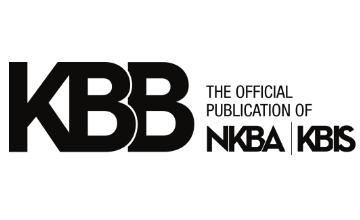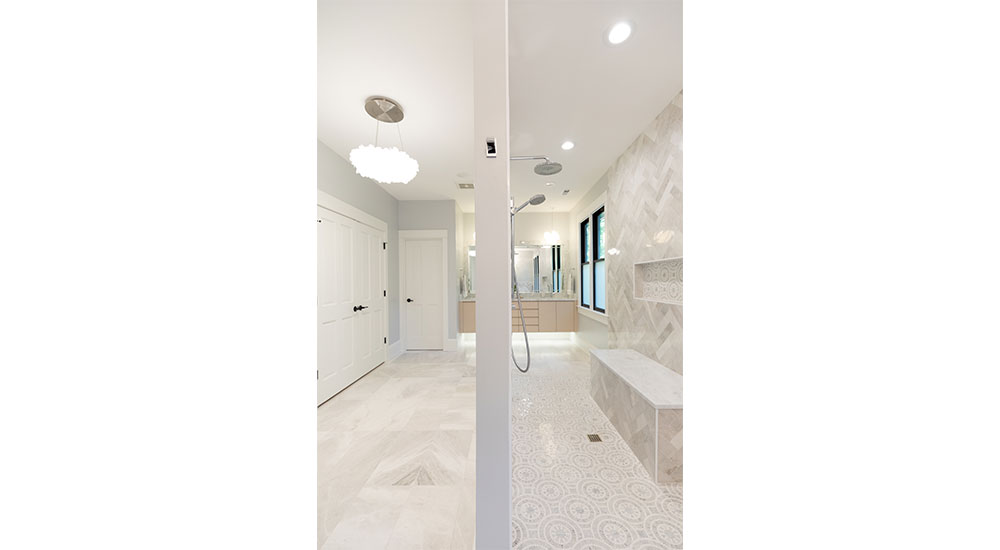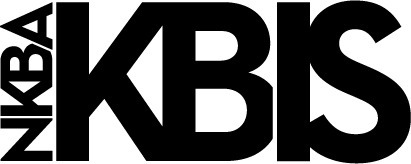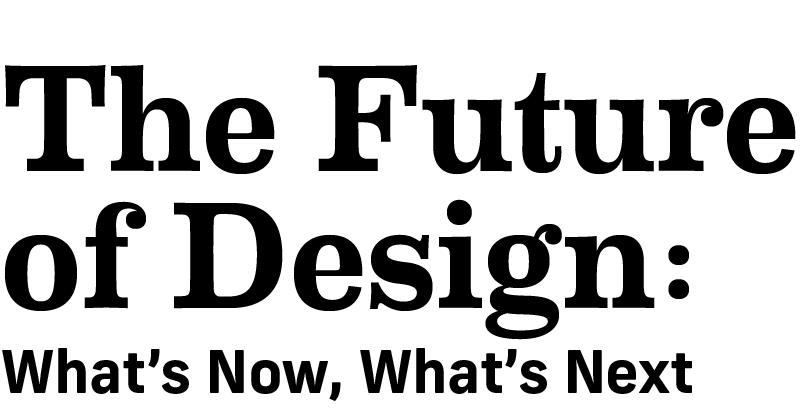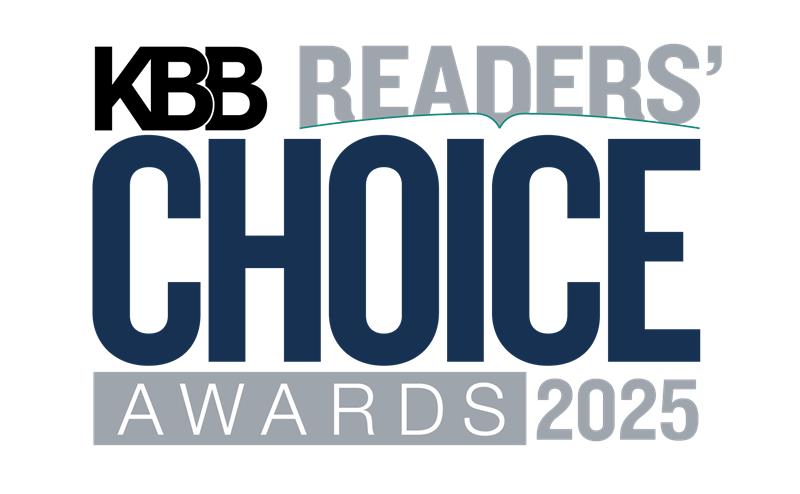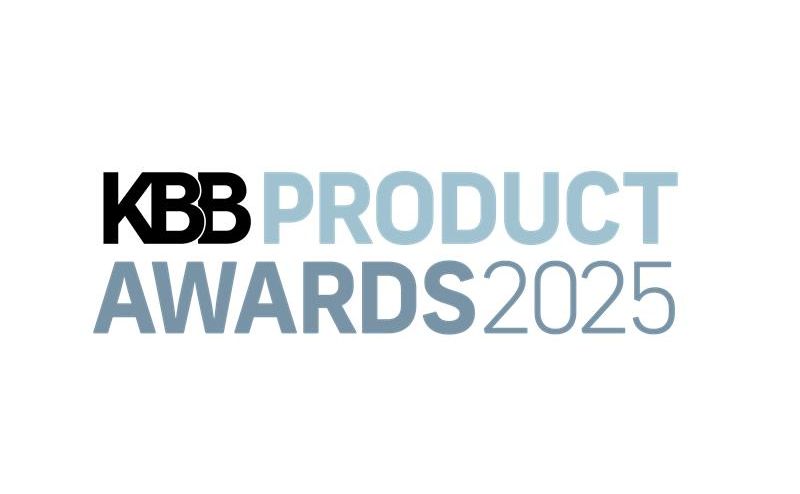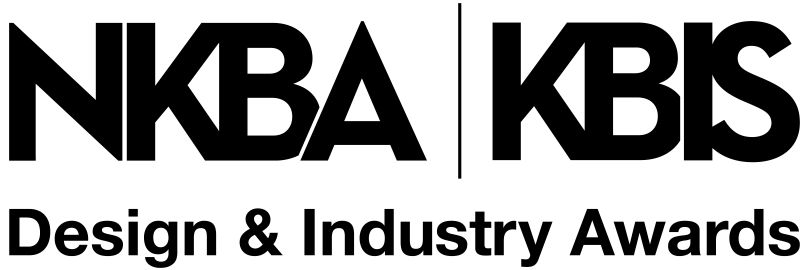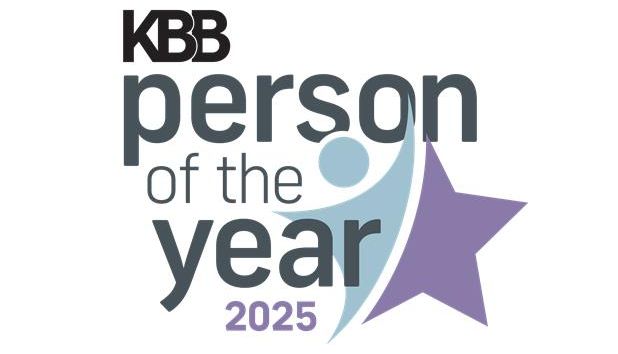While sustainable design is gaining momentum, it’s still not a top priority for most homeowners. The heart of the conversation tends to be budget, layout and style, which keeps functionality and aesthetics at the forefront of design. For many clients, sustainability feels either too abstract or too expensive to consider seriously during renovations to today’s modern bathrooms.
Above photo: A study in thoughtful restraint, this bathroom by Tew Design Studio pairs sustainable WaterSense-certified fixtures with a selection of bright, tactile materials – creating a serene, light-enhanced environment built to stand the test of time. Photo credit: Allie Mullin
There are plenty of practical, accessible ways to introduce more eco-conscious decisions into a bathroom design without increasing the complexity of the project or compromising aesthetics. It’s not about changing the entire scope of a design, it’s about identifying opportunities to make smarter choices where they naturally fit.
While some homeowners are eager to dive into sustainability, most are more comfortable taking smaller steps when those choices are presented as part of a thoughtful, well-rounded design. As professionals, we can help guide those conversations by highlighting where certain selections offer both environmental and practical value, especially in spaces like bathrooms, where water use, ventilation and materials have long-term impacts on both the home and the homeowner.
Choose Elements That Do More Than Look Good
Sustainable materials have come a long way in both durability and design. Options like recycled glass tile, rapidly renewable woods such as bamboo or regionally sourced stone offer the same visual appeal as their less eco-friendly counterparts, often with added longevity or performance benefits.
For clients concerned about indoor air quality or chemical exposure, low- or no-VOC paints, adhesives and finishes are easy to integrate and don’t typically add cost. They also align with the growing interest in wellness-centered design, a topic that’s often more relatable than sustainability alone. Even something as simple as choosing ceramic or porcelain tile over plastic-based alternatives can make a subtle but meaningful difference.
Use Water Wisely in Today’s Modern Bathrooms
Water conservation is one of the most direct ways to make a bathroom more sustainable, and it can often be achieved without sacrificing user experience or adding design constraints. EPA WaterSense-certified toilets, faucets and showerheads are now available in a wide range of styles and finishes, and many clients won’t even notice the difference in water pressure.
For those concerned about performance, dual-flush toilets or thermostatic shower valves can offer greater control while still reducing overall water usage. These features are especially appealing in larger households or homes with multiple bathrooms.
Make the Most of the Illumination
Lighting plays a dual role in ambiance and efficiency. Swapping out incandescent or halogen fixtures for LED alternatives is one of the simplest sustainability upgrades available, and most clients already expect it. LEDs last significantly longer and use a fraction of the energy, all while offering greater control over warmth and color tone.
Natural light can also be considered where layout allows. Incorporating skylights or high-positioned windows in a bathroom not only reduces the need for artificial light but improves the overall experience of the space.
Minimize Waste During & After the Renovation
Construction and demolition waste are often overlooked in early project planning, but it’s an area where smart design decisions can have a real impact. If existing cabinetry or vanities are structurally sound, refinishing or retrofitting them can reduce waste while creating a more customized result.
Similarly, salvaging fixtures or donating usable items such as mirrors, sinks, lighting or hardware keeps materials out of landfills and can provide benefit to local reuse centers. These options are often well received by clients when framed as a thoughtful, community-conscious approach to renovation.
Design for Longevity, Not Just the Moment
The most sustainable designs are those clients can live with and enjoy for a long time. That means selecting materials and finishes that hold up to daily use but also avoiding overly trend-driven choices that may feel outdated in a few years.
When talking through selections, it helps to ground design decisions in a longer-term view: How will this bathroom serve the client five or 10 years from now? Will they want to change the tile, replace fixtures or reconfigure storage? Prioritizing timeless finishes, durable materials and flexible layouts supports a design that won’t need to be redone prematurely.
Support Better Manufacturing Practices
Not every client will ask where their tile or faucet comes from, but many will appreciate knowing that a product was responsibly made. Designers can lead the way here by working with manufacturers that prioritize environmentally responsible production methods, offer transparency about their supply chains or hold certifications like Greenguard, Cradle to Cradle or WaterSense.
These choices may not always be visible in the finished space, but they reflect a level of consideration that often aligns with the values clients are already trying to bring into other areas of their lives.
Sustainability doesn’t have to be an all-or-nothing approach. In bathrooms, where performance and longevity are already high priorities, there are natural entry points for more environmentally responsible design, many of which come down to simply asking the right questions during product selection.
By presenting these ideas as practical enhancements rather than requirements, designers can help clients feel confident making choices that are better for their homes and for the environment, without adding pressure or complexity to the process.
